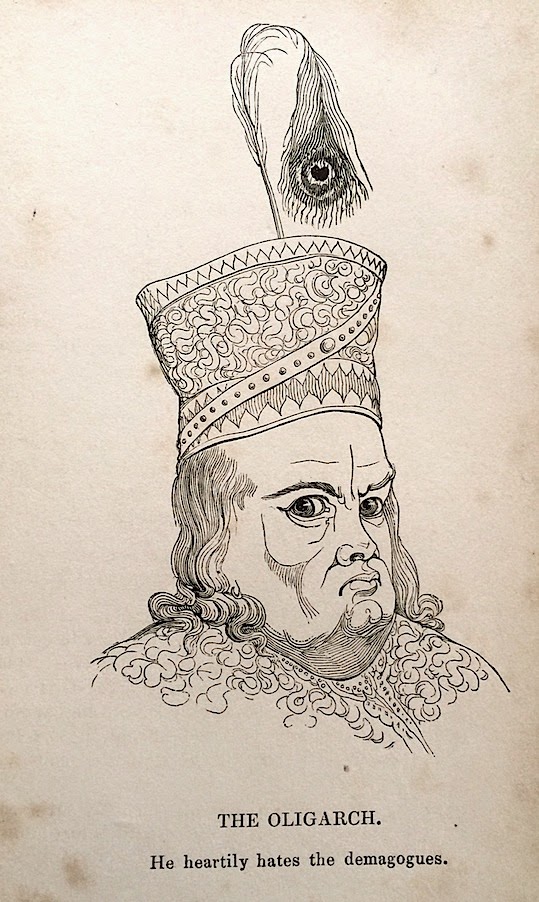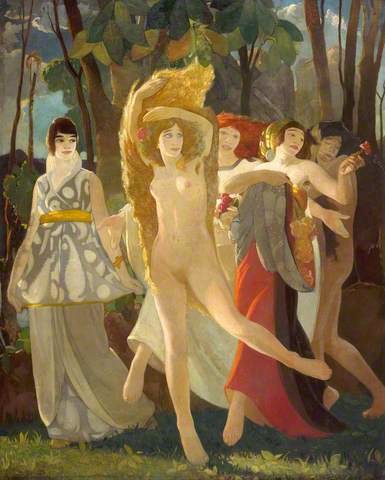
A local dealer has this graphic artist's illustration for a lurid book cover. He thinks he may have bought it from someone selling a quantity of book cover illustrations on card (gouache, watercolour etc.,) by the railings on Bayswater Road about 30 years ago. Art (now mostly kitsch and worse) is still sold there every Sunday. Often these illustrations have lettering so you can see the title, but not in this case, and no artist had signed either.
By sheer chance he found the actual book that had used the illustration - in a box of SF, fantasy and horror paperbacks. The book was Horror in the Night, a short story collection by Richard Macgregor published by Digit in London in 1963. Not a lot is known about Macgregor, these were 5 short horror stories and he seems to have written 5 other books between 1963 and 1964 for Digit. Titles like The Deadly Sun, Creeping Plague, The Day a Village Died --- a category that came to be known as Doom Watch fiction, possibly post apocalyptic in content. A further book Taste of the Temptress came out in Sydney in the mid 1960s published by Eclipse, so he could have been Australian -this was also published by Digit so possibly not (also it seems he was from Essex - see the excellent Bear Alley.) As for the artist it could be one R.A. Osborne (1923 - 1973) art director of Digit at the time and responsible for many of their covers including Macgregor's Day a Village Died, the story of a village plagued by killer ants.
This piece first appeared at our old site Bookride and since then new information has come to light via dealer Cold Tonnage and the IMDB database. It seems that his real name was MacGregor Urquhart. IMDB's short biography says he 'was a writer and actor, known for The Powder Monkey (1951), John of the Fair (1951) and The Malory Secret (1951). He died on March 17, 1967.' His first work of fiction appeared in the early 1960s so it seems that his writing career followed his spell in movies. Further investigation shows he was also a playwright with at least one published play Investigation. A Pay in Three Acts (Evans, London 1958.)








